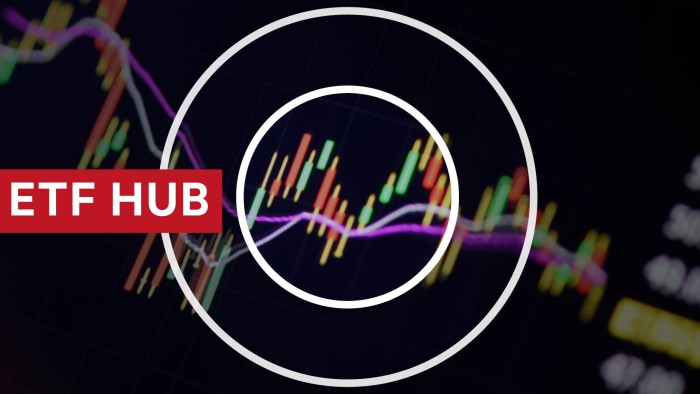China corporate bond index draws interest from offshore issuers

Simply sign up to the Exchange traded funds myFT Digest -- delivered directly to your inbox.
The launch of the first offshore index exclusively tracking investment grade corporate bonds in China is attracting interest from exchange traded fund providers, despite continued obstacles facing foreign investors who wish to increase their allocations to China’s credit bonds.
The new Bloomberg Barclays Liquid China Credit Index, which is designed to track the liquid, tradable portion of onshore renminbi-denominated credit bonds, was launched last week, just days after the full inclusion of Chinese government and policy bank bonds into the Bloomberg Barclays Global Aggregate Index.
“We have had global ETF issuers expressing interest in launching products tracking the China credit index, whether that is the LCC [index] or custom versions of the index, to suit their needs,” Ji Zhuang, Asia-Pacific head of indices at Bloomberg, told Ignites Asia.
Steve Berkley, chief executive of Bloomberg Index Services, said the new index should help market participants better understand the attributes of China’s credit market.

This article was previously published by Ignites Asia, a title owned by the FT Group.
“Investors and asset managers can use [the index in] numerous ways, including in product launches, derivative contracts and traditional benchmarking,” said Mr Berkley.
Only a handful of locally listed Chinese ETFs track domestic corporate bond indices. Most investors are domestic institutions and individuals.
However, growing numbers of global investors are interested in gaining exposure to China’s onshore credit market, Mr Zhuang said, even though they still face challenges.
“From our conversations with offshore investors, most of them have not yet been convinced to invest in China credit bonds,” said Jian Hu, senior managing director and chief investment officer of fixed income at Guangzhou-based E Fund Management.
A main reason for this is that 70 per cent of Chinese companies are not covered by global rating agencies, Mr Hu added. In addition, China’s various bond markets are not fully integrated, which makes it challenging for investors to choose and compare securities.
The corporate credit market also has a riskier profile than some of China’s other investable bonds.
The new Bloomberg index attempts to circumvent some these obstacles for offshore investors.
The Bloomberg Barclays Liquid China Credit Index selects bonds that have traded on at least 10 per cent of the business days over the past three months and have at least Rmb250m ($37.8m) in aggregate trading volume over that period, based on data provided by the China Foreign Exchange Trade System.
Also, the issuer of a bond has to be rated investment grade by at least one of the three main global rating agencies.
Mr Zhuang said that as confidence and knowledge increased in this area, investors would become more comfortable.
“Signs are positive that we are seeing, for example, international managers setting up local credit funds operations, which will help drive the activity and liquidity of this market,” he said.
On October 30, the Bloomberg Barclays index contained 125 securities from 48 government and corporate issuers, according to the index provider.
The average yield was 3.4 per cent and the average duration was 1.9 years.
The rollout of the new credit bond index comes shortly after the index provider completed a 20-month phase-in of China government and policy bank securities for its flagship Global Aggregate Index, a process that began in April 2019.
“With government and policy bank securities now fully phased into the Global Aggregate Index, the Liquid China Credit Index is an important step towards establishing broader transparency and accessibility into China’s credit markets,” Mr Berkley said.
Inside ETFs

The FT has teamed up with ETF specialist TrackInsight to bring you independent and reliable data alongside our essential news and analysis of everything from market trends and new issues, to risk management and advice on constructing your portfolio. Find out more here
Chinese securities now represent about 6.3 per cent of the Global Aggregate index, and local currency Chinese bonds will be the fourth largest component after bonds denominated in the dollar, euro and yen.
E Fund’s Mr Hu said the appreciation of the renminbi over the short term would continue to drive flows into China’s onshore bond market, with the Chinese government having been restrained and not resorting to monetary easing to cut interest rates too much, “unlike many other countries”, he said.
In just the first nine months of 2020, foreign holdings of China onshore bonds recorded a 38 per cent increase from end-2019, official data show.
*Ignites Asia is a news service published by FT Specialist for professionals working in the asset management industry. It covers everything from new product launches to regulations and industry trends. Trials and subscriptions are available at ignitesasia.com.

Comments